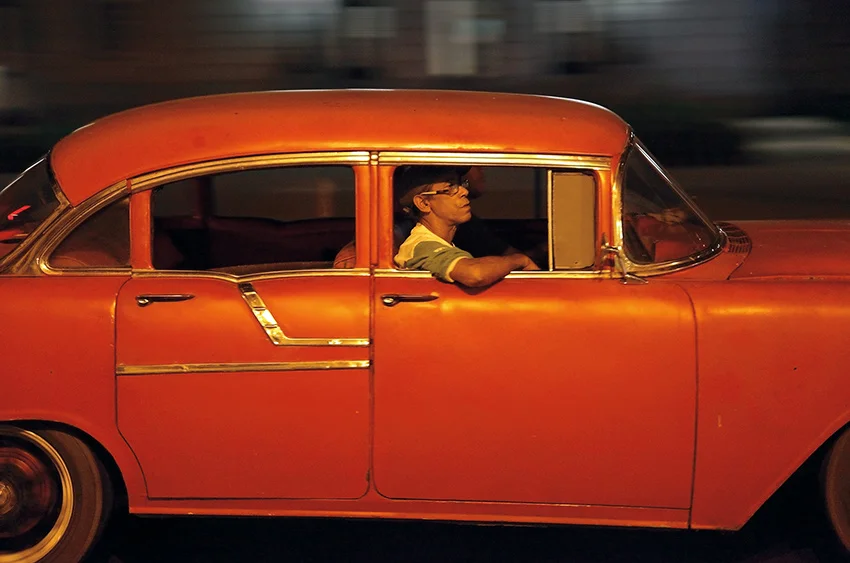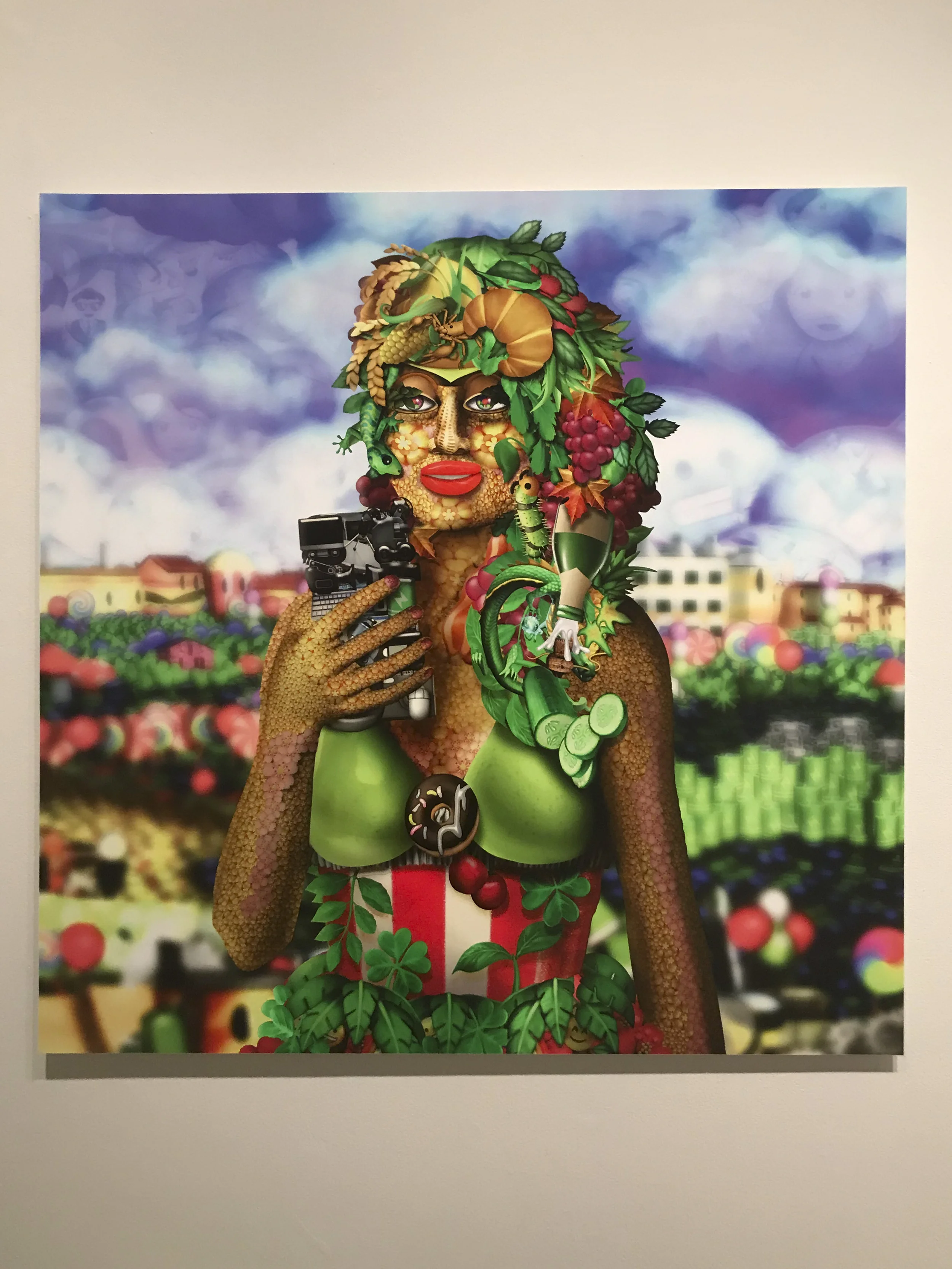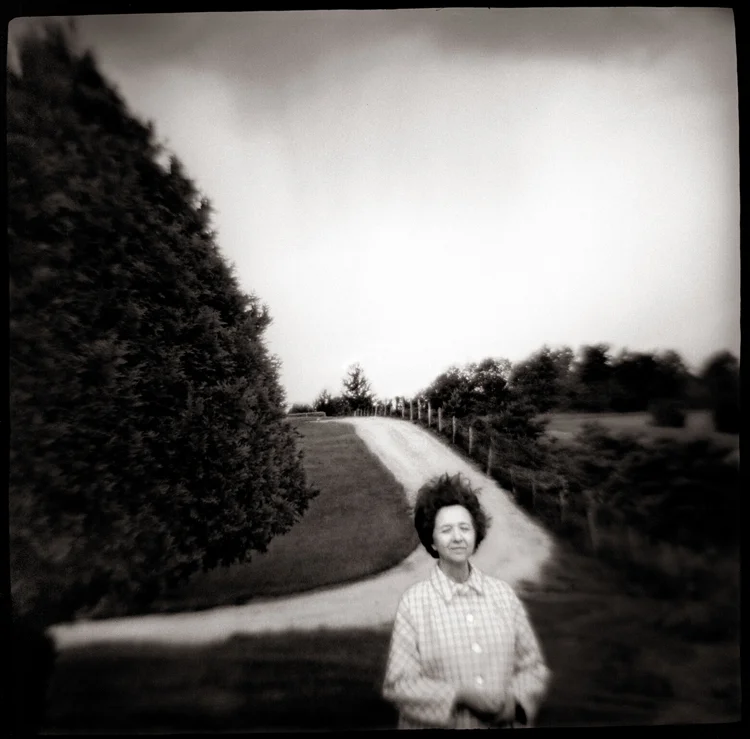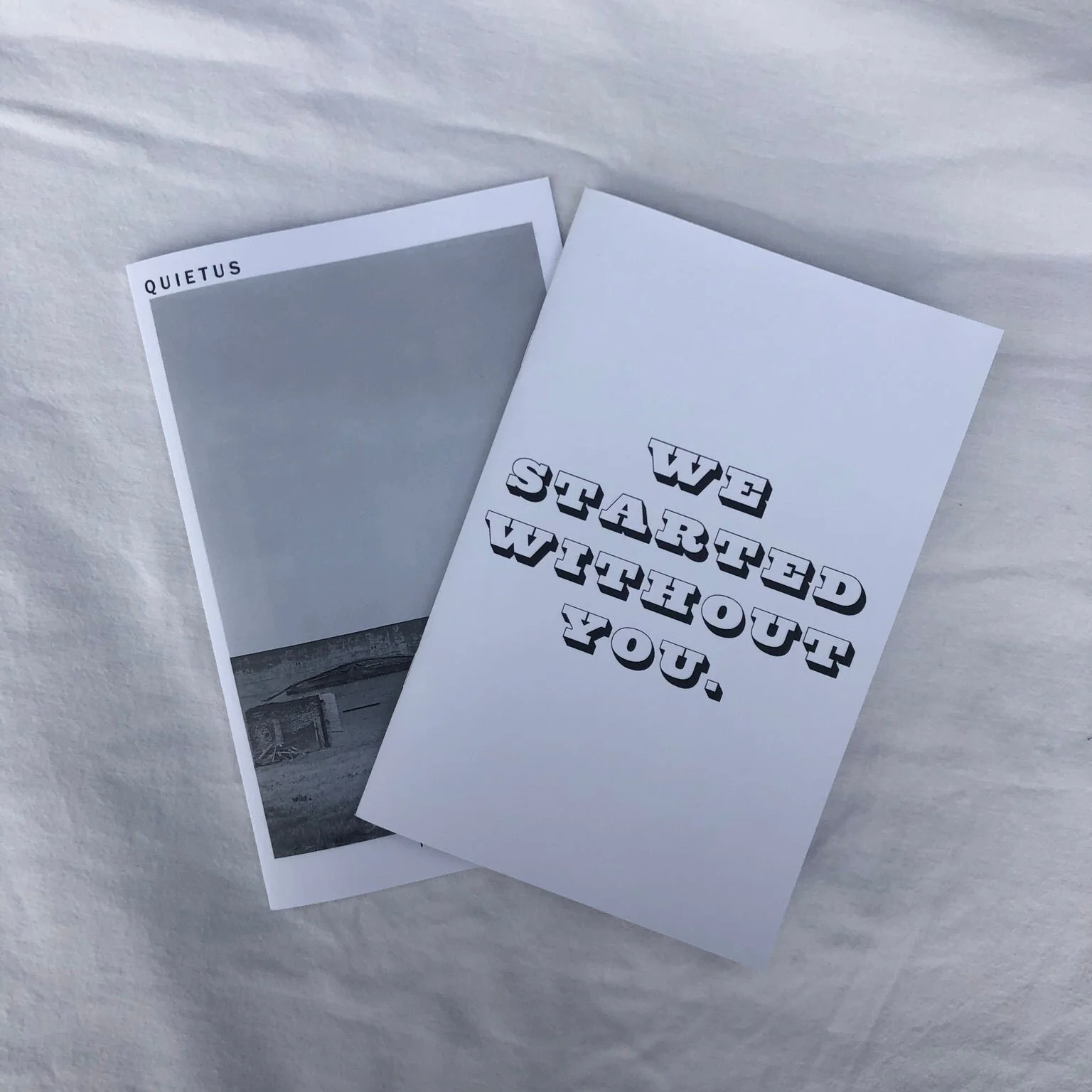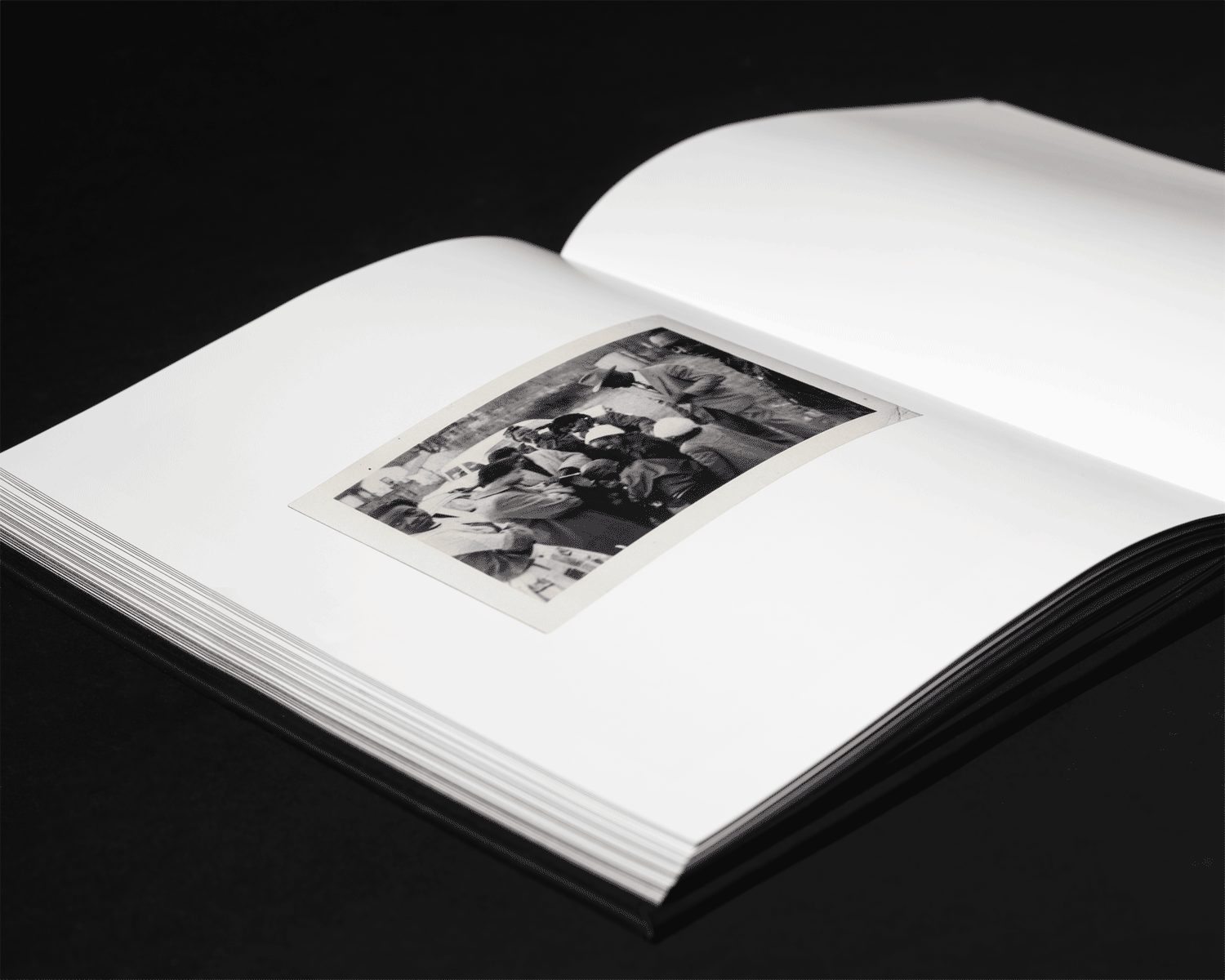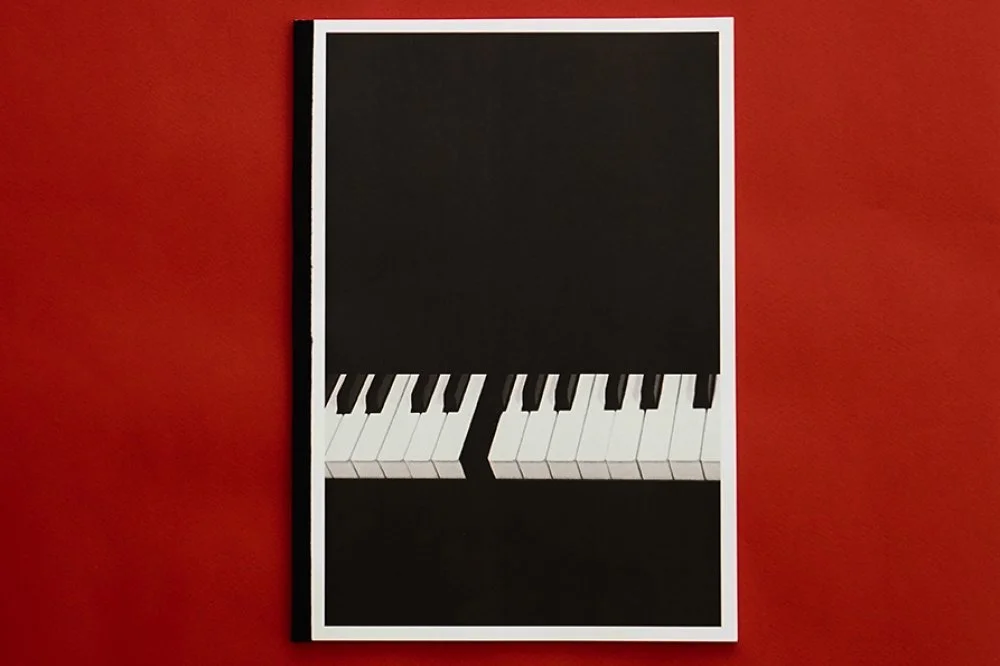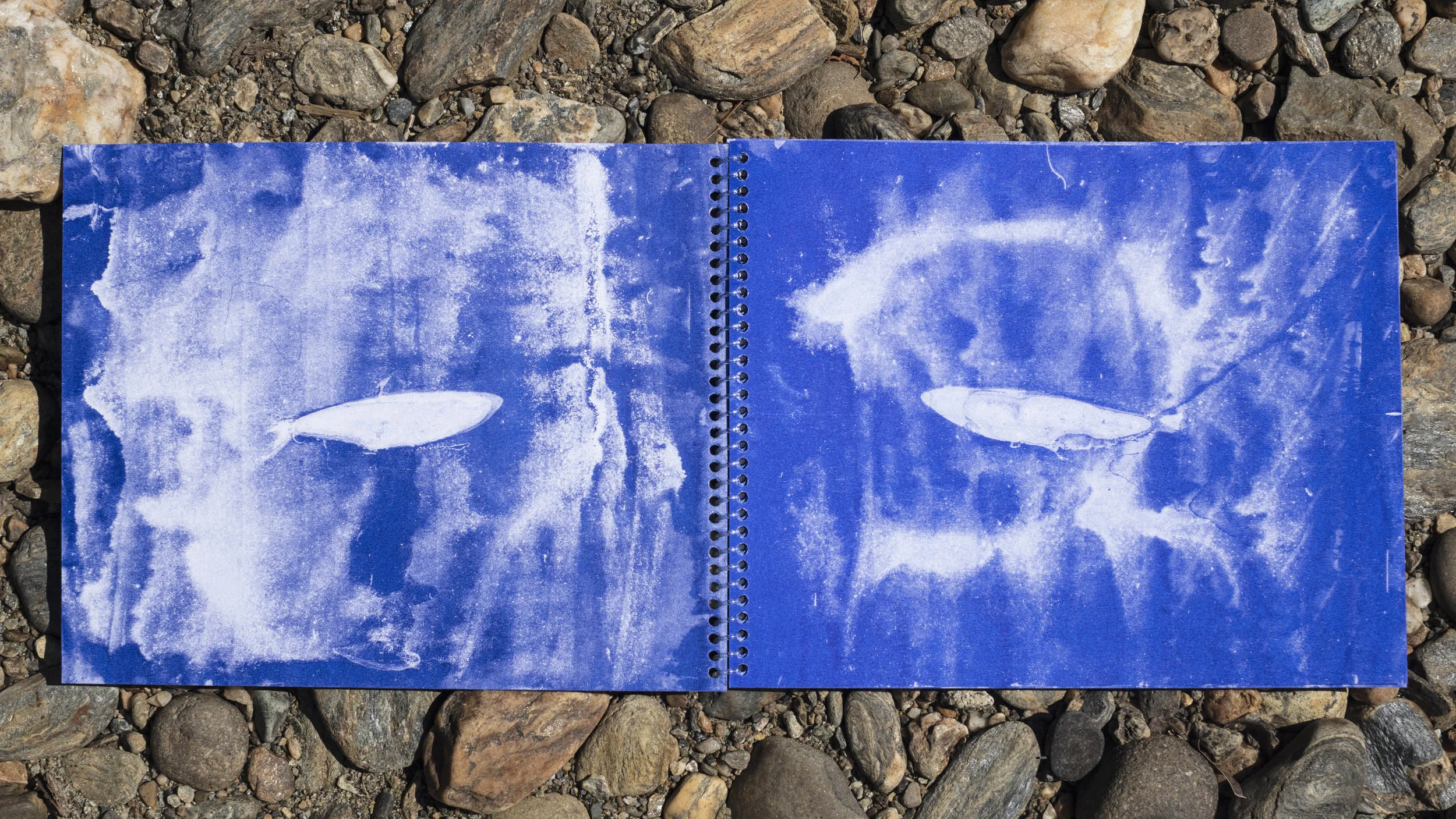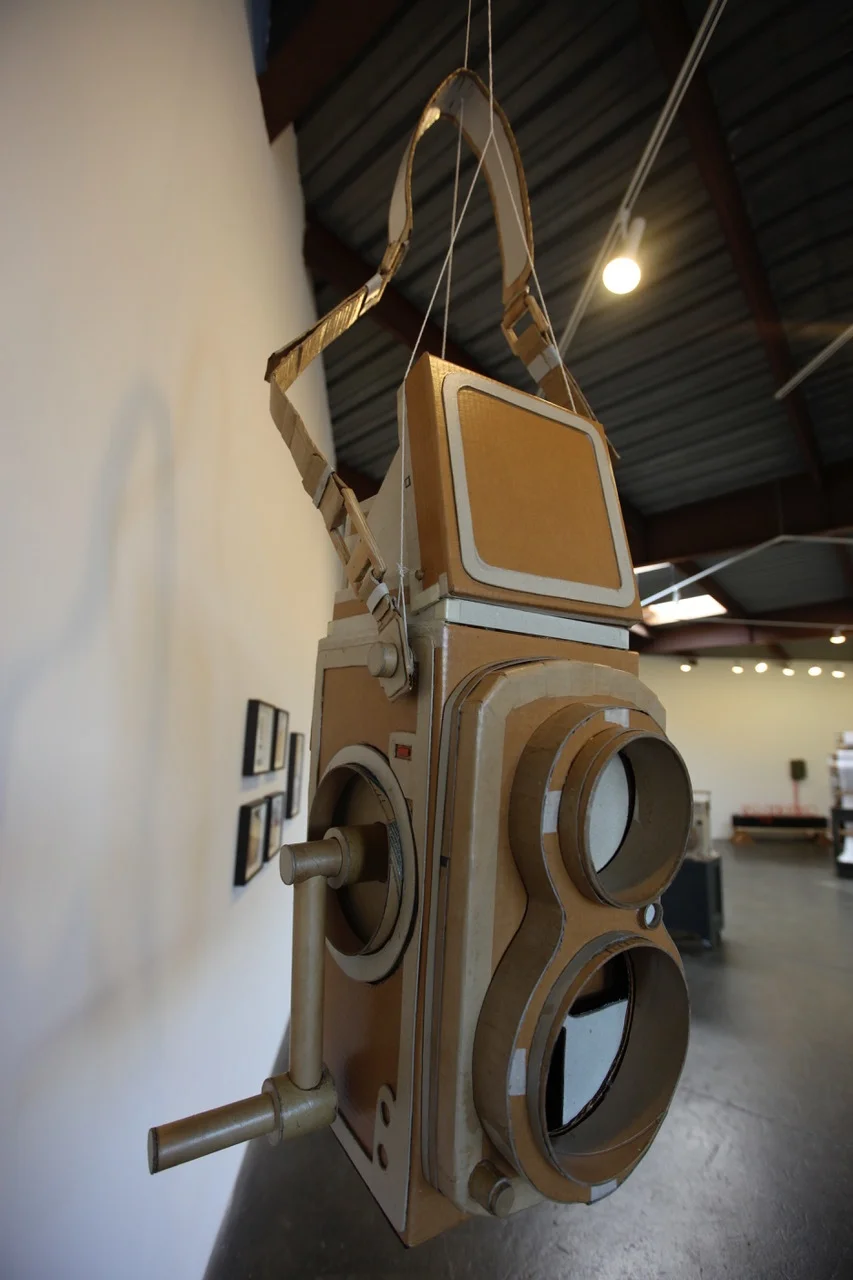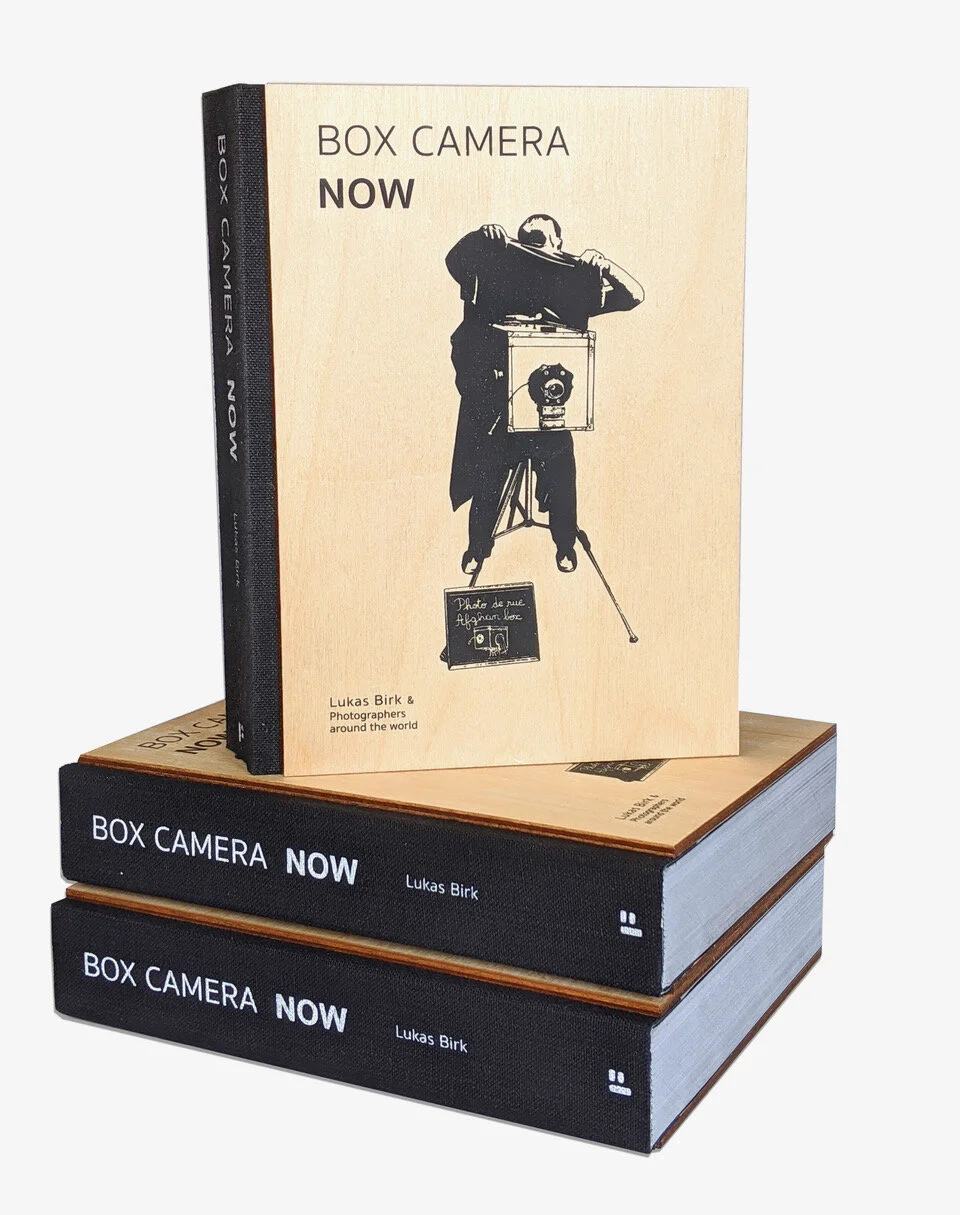This series focuses on those who take the making of pictures a step or two further, creating their own photographic tools.
Nick Dvoracek's pinhole camera.
Nick Dvoracek, Oshkosh, WI
In photography, the words “pinhole” and “telephoto” are rarely seen together. As lensless cameras, pinhole cameras are often thought to producing soft-focus wide-angle distorted images. When experienced pinhole photographer Nick Dvoracek contemplated photographing the 2017 solar eclipse, devised a camera with a long pinhole to film distance that would make for a moderately telephone pinhole camera. Concerned about exposure times, he didn’t photograph the eclipse, but he did develop his camera.
Dvoracek glued pinhole camera templates that he had previously created to the reverse side of a beer carton, and cut, folded, and glued it together in only three hours. The resulting camera renders a 6x6cm format on 120 film. The small camera measures approximately 2.5 x 5 x 4 inches and weighs just 6.5 ounces. Mathematical formulas indicate that the “optimum” pinhole for a 6 x 6cm, 120mm long camera is .462mm. Shucking convention altogether, Dvoracek used a .33mm pinhole, which is roughly f364.
Because of the difficulty affixing the pinhole down such a long camera, Dvoracek created a part to attach the pinhole to the camera and then push it to the front. This also allows him to change the pinhole easily. Dvoracek’s moderately telephoto pinhole allows him to stand much further back from his subject than traditional pinhole cameras. Rather than climb into the pond, he stood at a comfortable distance to achieve this luminous color image on a roll of Lomography 400.
Photo made with the pinhole camera.
View more of Dvoracek’s work on his blog.
Have you made or modified your own photographic equipment? Let us know at info@donttakepictures.com















































